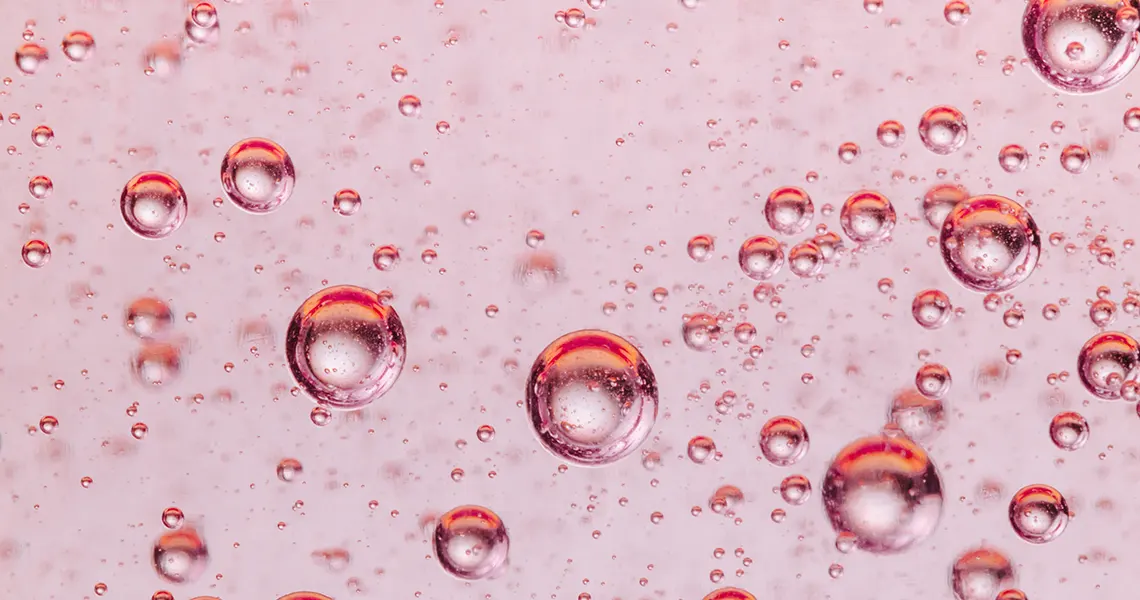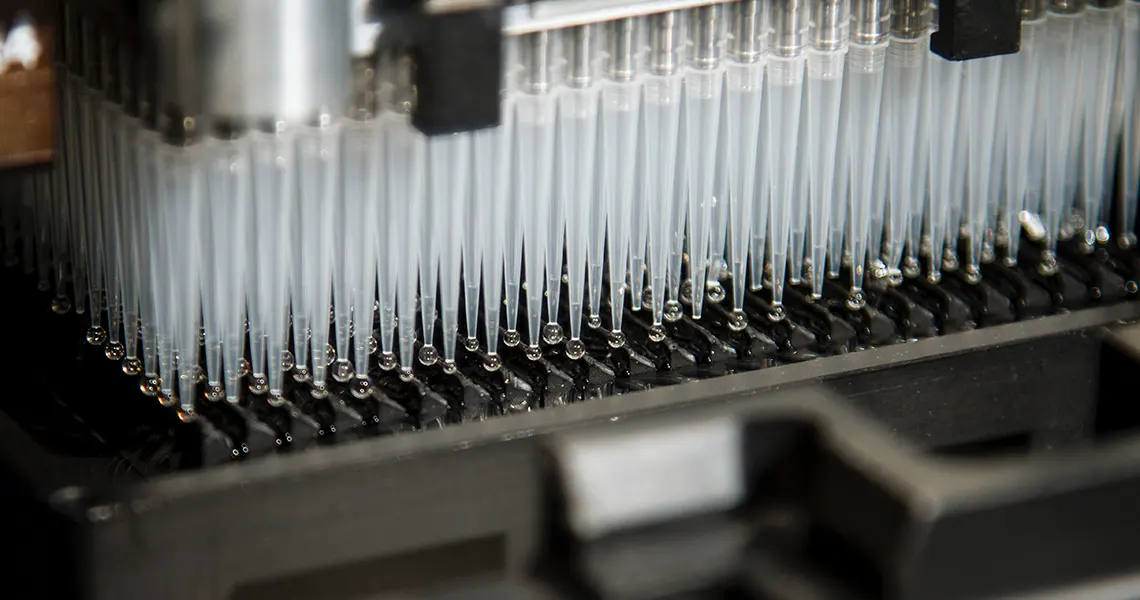
CBD oil extraction
To create the CBD products we know, the compound must first be extracted from its source. That would be the hemp plant. Hemp contains over 100 individual compounds, the most well-known of which are CBD and THC.
CBD, or cannabidiol, is the base of all the popular oils, gummies and topical creams seen in alternative treatments. These products may contain strictly CBD or include trace amounts of THC.
This is all down to the extraction process. Selecting the appropriate compounds, isolating them, and cleaning them is highly technical. There are various methods of extraction. Each is complex and comes with its ups and downs.
The known methods of CBD extraction are:
- CO2 extraction
- solvent, ethanol, or alcohol extraction
- dry ice extraction
- cooking oil extraction
CBD manufacturing is still a relatively new industry. Just as we have much to learn about the potential benefits and side effects of CBD, we may yet discover newer and more effective means to extract it.
Considering the combination of CBD and THC is an important step. CBD products come in three varieties that make use of different compounds.
They are:
- full-spectrum: contains CBD and THC
- broad-spectrum: contains CBD and trace amounts of THC
- isolates: only contains CBD
How to extract CBD using CO2

Carbon dioxide (CO2) extraction is the most widely used method of pulling cannabidiol from the hemp plant. It’s also perhaps the most technical and precise, calling for specific equipment. CO2 extraction is used across multiple industries whenever accuracy is critical.
It can be divided into two categories. These are:
- supercritical CO2 extraction
- subcritical CO2 extraction.
At the base level, both methods use the same methodology. They are concerned with manipulating the behaviour of CO2 using temperature and pressure aka the move from gas to solid and back again.
Both involve the use of a closed-loop extractor. This is a device made and used specifically for extracting oils from plant matter. Using the extractor, pressurised carbon dioxide is applied to the hemp plant.
This liquefies the carbon dioxide and rids the hemp plant of undesired plant chemicals. The liquid CO2 then absorbs the plant’s cannabidiol. This liquid combination of CO2 and CBD is then turned into a gas. In the case of CBD isolates, the extract will require further distillation to purify it.
The machinery used here is extremely costly. Naturally, the result is a more expensive product, albeit perhaps the purest available.
How to extract CBD oil using supercritical or subcritical CO2 extraction

The supercritical method involves applying extremely high temperatures and pressure levels to the plant. The result is what we call a ‘supercritical’ state. In other words, carbon dioxide takes on the characteristics of a gas and liquid simultaneously.
Supercritical CO2 can fill the chamber containing hemp as a gas would. This allows it to function as a solvent, a chemical able to dissolve other substances. The result is a ‘solution,’ a mixture of chemicals.
The next step is separating the cannabidiol (and potentially THC) from the rest of the solution. The CO2 is then placed in specialised storage for future usage.
Subcritical extraction is essentially the same process. The difference is the lower temperature and pressure levels applied to the plant. This method is preferred when producing full-spectrum products because these conditions are better suited to protecting more of the plant’s compounds.
To summarise, the differences between the two mostly concern:
- the varying levels of temperature and pressure applied
- efficiency and resulting yield
- the level to which the plant is ‘denatured’ or stripped of certain compounds
Supercritical extraction results in the cleanest product possible. It also takes significantly longer. On the other hand, subcritical extraction is less efficient overall but better protects a wider range of the hemp plant’s natural compounds.
What are the other options for extracting CBD oil?

Solvent, ethanol, or alcohol extraction is easily the second most popular method. It’s also arguably the cheapest, easiest, and most accessible overall.
Instead of filling a chamber with CO2, the hemp plant is soaked through in ethanol. Soaking the plant strips it of the desired compounds and results in a liquid mixture. This is evaporated to form oil.
Overall, this is considered a rather crude and imprecise method of extraction. It’s known to pull undesired compounds such as chlorophyll and is generally reserved for manufacturers on a tighter budget.
Dry ice extraction is next. This process takes longer than the others but is potentially the easiest. In short, it involves flash-freezing hemp. The dry ice extracts CBD from the plant, resulting in a purer extract thanks to the lack of solvents.
Finally, we have cooking oil extraction. The cooking oil functions as a solvent. The hemp plant is either decarboxylated or ground down. Decarboxylation is essentially heating. This makes CBD easier to precisely extract. The result is heated in combination with the chosen oil.
This comes across as the most DIY approach, but you must remember that CBD is a schedule 4 drug. Though this is soon to change, you can only get it via a doctor’s prescription.
Summary of how to extract CBD oil from hemp
Manufacturers have a number of options to pick from when it comes to how CBD is extracted.
These options vary widely in terms of efficiency, cost, ease, and precision. However, CO2 extraction is by far the most effective overall. It requires expensive equipment and technical accuracy but offers the best results.
The other options appear far more manageable in a practical sense. That said, they require a lot more work to purify the CBD. Each one presents a higher risk of contamination with other compounds.
Remember that, although some of these methods could plausibly be performed at home, to do so is illegal. CBD manufacturing is strictly regulated by the Australian government.
If you’d like to know a little more about CBD usage, consult your doctor about alternative plant-based treatments.
